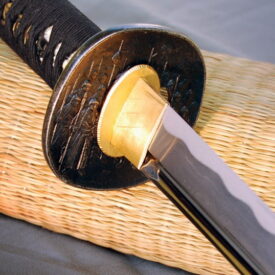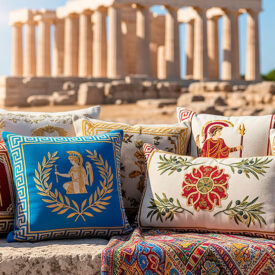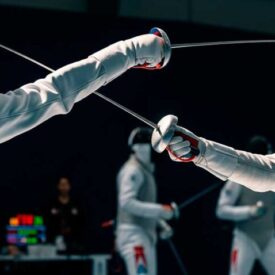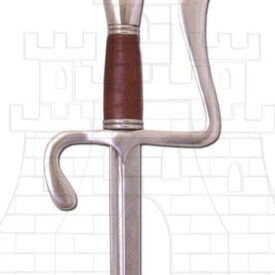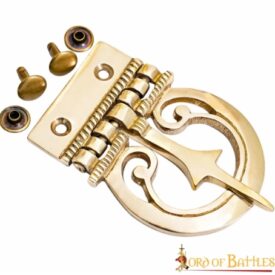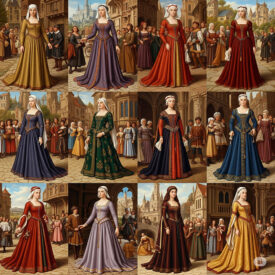When we hear the word “fencing,” the image that often comes to mind is that of athletes dressed in white, moving agilely on a strip and trying to touch their opponent with the tip of a foil. This is Olympic fencing or sport fencing, the version that dominates the popular imagination. However, there is another fascinating discipline: historical fencing, also known as HEMA (Historical European Martial Arts). Although both share the roots of an age-old martial art, they have evolved down different paths, offering very distinct experiences and objectives.
This article aims to reveal the particularities of each, analyzing their origins, objectives, weapons, rules, and clothing, so that you can thoroughly understand these two exciting facets of swordplay.
What is Sport or Olympic Fencing? A Duel of Precision and Agility
Sport fencing is an individual combat discipline that has remained in the modern Olympic Games program since their inception in Athens 1896. It is defined as “the art of defense and attack with a sword, foil, or a similar weapon.” Although today it is a sport for entertainment and competition, it follows the rules and techniques developed for efficient sword handling in duels. Regulated by the International Fencing Federation (FIE), it focuses on speed, balance, coordination, and—above all—concentration.
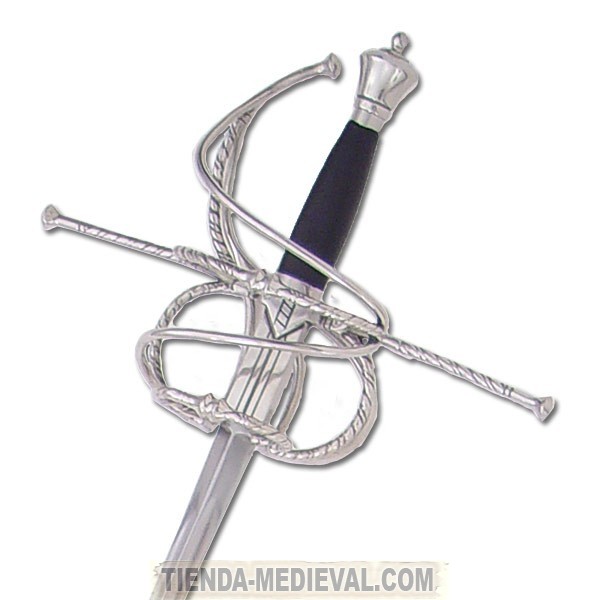
Origins and Purpose: The Pursuit of the Point
The main objective of sport fencing is to score points by touching the opponent in valid areas, under a set of unified and strict rules. Men’s competition has been Olympic from the beginning, and the women’s category was added in 1924, consolidating its status as a pillar of modern sport.
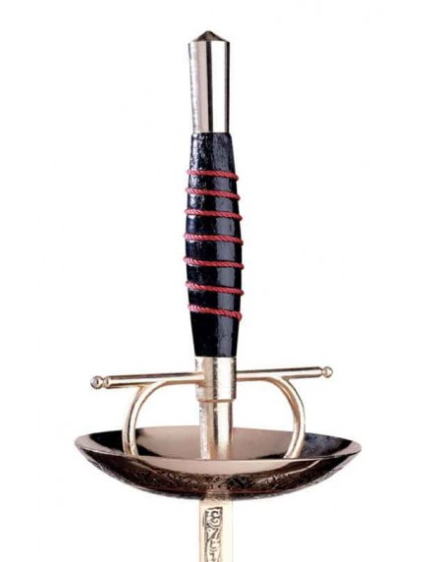
The Three Weapons of Sport Fencing
Three specific weapons are used, all designed for competition and not real combat. Each defines a different discipline:
- Foil: A light and flexible thrusting weapon. The target is the opponent’s torso. It is a “convention” weapon, which means there are priority rules to determine who gets the point in case of simultaneous touches.
- Épée: Heavier and stiffer than the foil, it is also a thrusting weapon. The valid target is the entire body of the opponent, and there are no priority rules; if both touch at the same time, both receive the point.
- Sabre: Descended from cavalry weapons, the sabre is a cutting and thrusting weapon. The valid target area is from the waist up, including the head. Like the foil, it is a convention weapon.
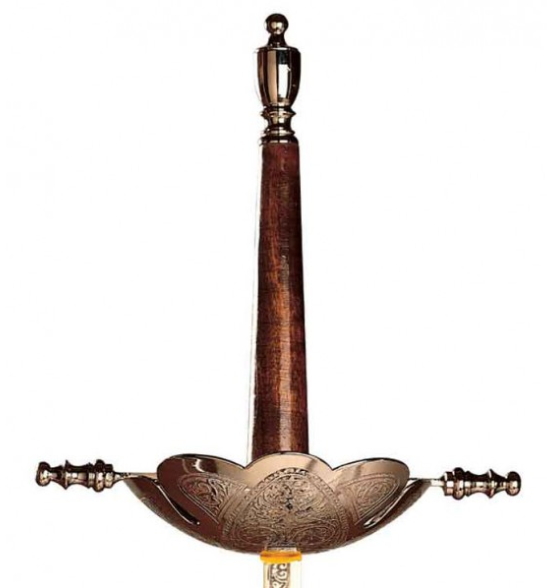
Clothing and Competition Strip
Sport fencers wear a white and protective uniform, including a jacket, knickerbockers, socks, gloves, and a mask that covers the entire head. Bouts are held on a rectangular strip 14 meters long and between 1.5 and 2 meters wide, where the fencers move back and forth linearly.
What is Historical Fencing (HEMA)? Reviving the Ancient Martial Art
Historical fencing, or HEMA, is a contact martial art focused on the study, reconstruction, and re-creation of European combat techniques that were practiced from the Middle Ages to the Renaissance. Unlike sport fencing, HEMA seeks to faithfully revive combat techniques as they were taught in their era, based on the study of old manuals and treatises. It is an art that was lost and recovered at the end of the 20th century.
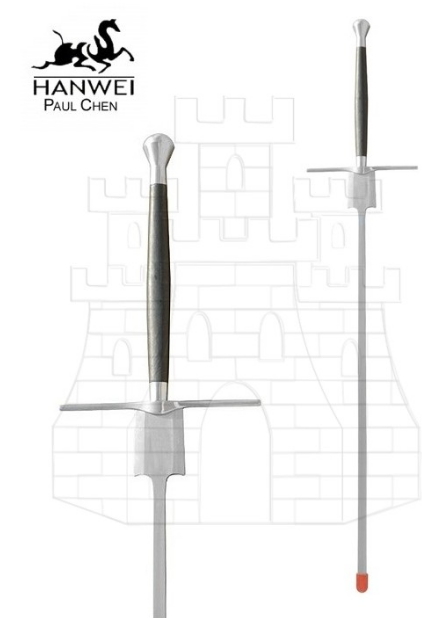
Origins and Philosophy: Fidelity to Historical Sources
What sets HEMA apart is its work with historical sources. It requires extensive research into documents written by masters of the past and training derived from interpreting these texts. Its goal is to preserve and apply these techniques, focusing on martial effectiveness and safety. It’s not about “killing,” but about learning how not to be “killed.” With the spread of the internet in the 1990s, isolated researchers and practitioners were able to connect, creating a global community that revitalized the discipline.
The Diversity of Weapons in HEMA
HEMA encompasses a wide range of weapons reproduced based on historical specifications. For training, simulators made of nylon, polypropylene, or blunt steel are used. Some of the most popular are:
- Longsword: Also known as the hand-and-a-half sword, characteristic of the 15th century, with manuals of German and Italian origin.
- Rapier: Iconic of the 16th and 17th centuries, wielded with one hand and often combined with a dagger.
- Military Sabre: Used in later times, with its own technical corpus.
- Sword and Buckler: A combination of sword and small shield, documented in one of the oldest treatises, the I-33 codex.
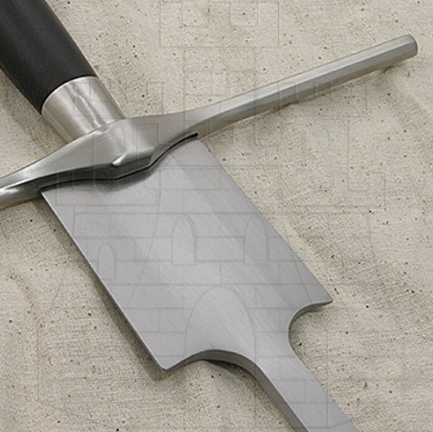
Combat and Its Flexible Rules
As there is no single governing body, rules vary between clubs and tournaments, adapted to historical techniques and prioritizing safety. “Suicidal” actions (double hits) or receiving a blow after striking an opponent (“after blow”) generally have negative consequences, as in real combat they would be fatal. The combat area can be a rectangular strip or a circular “ring,” allowing for more free and less linear footwork.
Key Differences: Sport Fencing vs. Historical Fencing
Although both are expressions of the art of fencing, their paths diverge in fundamental aspects:
- Purpose: Olympic fencing is a sport for scoring under unified rules. Historical fencing is a martial art focused on re-creating and applying real combat techniques.
- Weapons: Olympic fencing uses three standardized and lightweight weapons (foil, épée, sabre). HEMA uses a wide variety of replicas of historical weapons, generally heavier.
- Regulations: Sport fencing is strictly regulated by the FIE. HEMA is decentralized, with variable rules that allow for interpretation of sources.
- Combat Philosophy: In sport fencing, fencers may seek to hit to win the point, even risking a simultaneous hit. In HEMA, “doubles” are penalized, as in a real duel they would mean both combatants were injured.
Equipment and Protection in Historical Fencing (HEMA)
In HEMA, protection is essential and adapted to the type of weapon. Although there is no strict uniform, safety gear is specific and robust to withstand the impact of heavier weapons. In Spain, the “Salas de Armas” (fencing schools) that study historical fencing usually follow common equipment guidelines:
-
- Mask: The most important safety element, with a steel mesh and rear protection for the head.

-
- Jacket: Protects the torso and arms. There are light versions and others with more padding for instructors or intense sparring.

-
- Gloves: Essential for protecting the hands and fingers. They range from light models that allow a good grip to heavily padded and reinforced gloves for steel sparring.
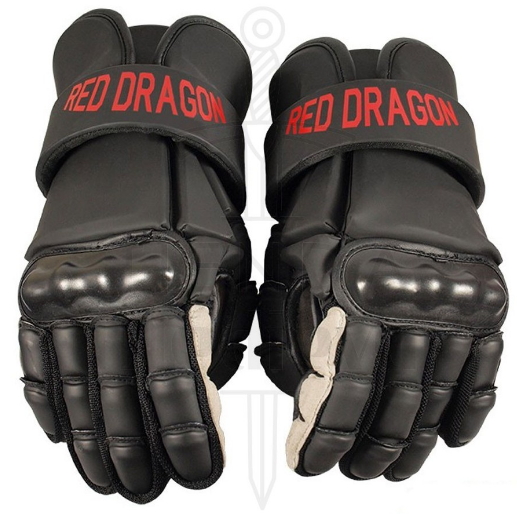
-
- Trousers: Usually baggy, dark-colored, and fitted below the knee to leave no exposed skin.
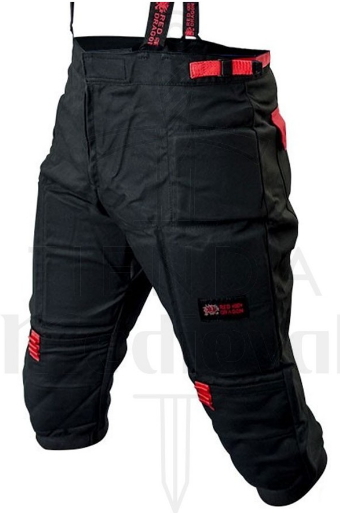
-
- Other Protection: This is complemented by a gorget or neck protector, chest protector (mandatory for women), groin guard, and rigid or articulated protection for knees, elbows, and legs.
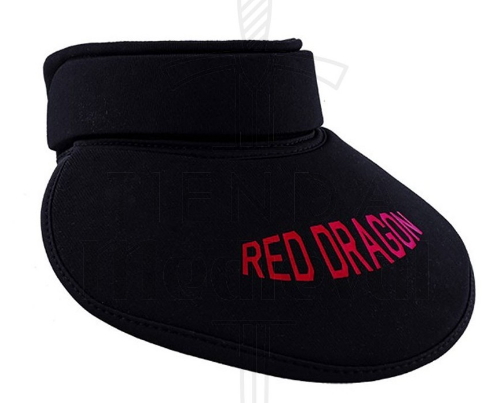
Which to Choose? One Art, Two Paths for the Modern Fencer
Both disciplines, despite their differences, are vital to the landscape of fencing. Sport fencing keeps the legacy alive in modern competition, demanding the highest level of physical and mental skill. On the other hand, historical fencing dives into the past to rescue and understand the martial arts of our ancestors, offering a deep connection with history and culture. Understanding these differences not only enriches our appreciation for this art but also helps us choose the discipline that best aligns with our interests, whether it is the speed of Olympic sport or the authenticity of historical martial art.
Whether you are drawn to the elegance and speed of Olympic fencing or prefer the depth and realism of historical combat, the first step is to equip yourself properly. To explore the necessary gear for safe HEMA practice—from training swords to full protection—or if you are looking for foils, sabres, or functional swords, you will find everything you need to start your journey in the art of the sword.

